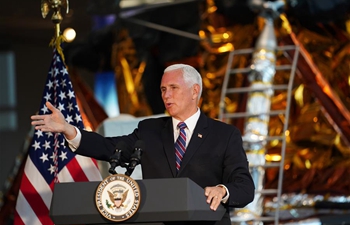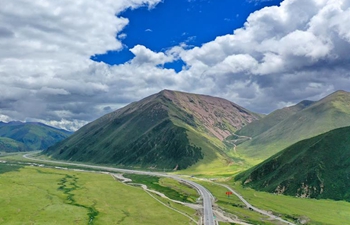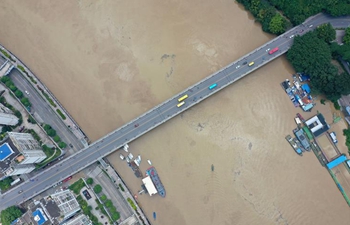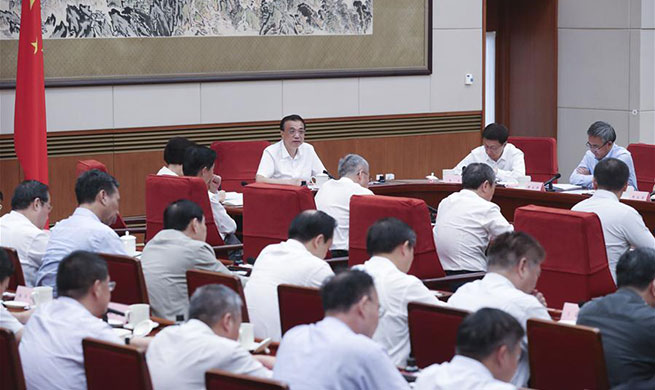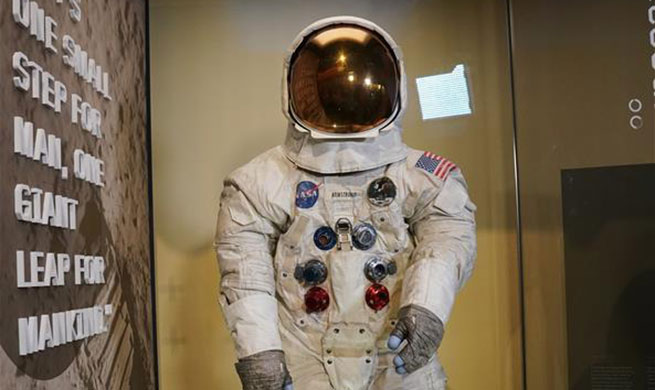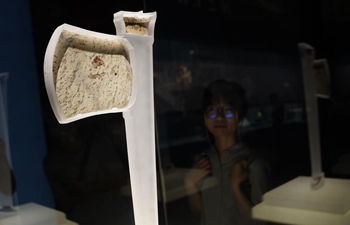BEIJING, July 17 (Xinhua) -- The U.S. Department of Justice on Monday said it would raise its application threshold for asylum, potentially slowing down the flow of immigrants.
A new rule, which went into effect Tuesday, would prevent immigrants from applying for U.S. asylum if they arrive through a third country, significantly affecting large number of Central American immigrants who come to the U.S. southern border through Mexico.
The legality of the safe third country agreement claimed to be derived from Article 31 of the 1951 Convention Relating to the Status of Refugees, which prescribes that a refugee should not be punished for illegally entering from where they were under threat.
Officially, this bilateral treaty aims to better manage the flow of refugee claimants at the shared land border.
Right now, the U.S. has such an agreement, known as a "safe third country," only with Canada, signed in 2002.
However, the Office of the United Nations High Commissioner for Refugees itself has cautioned against interpreting safe third country agreement too broadly. Such ambiguities have led to the legality of the Canada-United States Safe Third Country Agreement being questioned.
As the 2020 general election nears, immigration can be a key factor that may tip the balance for presidential hopefuls. A recent Gallup poll showed 23 percent of Americans see immigration as the nation's biggest problem, the highest level in decades.
Accordingly, the United States wants Guatemala, Mexico and other countries in the region to act as buffer zones, which takes in asylum seekers who would otherwise rush to the United States. Such proposals, similar to an arrangement by which Turkey takes in mainly Syrian refugees to lessen flows to the European Union, have been widely criticized as endangering vulnerable migrants.
The policy appeared to be another attempt to make Mexico and Guatemala take in most asylum-seekers that currently apply in the United States, with or without those countries' consent.
Whether to accept the status as a "safe third country" has become a burning issue for Latin American Countries.
Mexico has been somewhat cooperative with U.S. efforts to slow Central American immigration, in part under pressure from Trump threats to impose tariffs on Mexican products. But Mexico pulled back on Monday, saying asylum-seekers rejected by the United States should have to go back to their home countries, not Mexico.
Guatemala, which both sends migrants to the United States and receives Hondurans and Salvadorans passing through, said Sunday that it would postpone President Jimmy Morales' visit to Washington to discuss Guatemala's potential designation as a "safe third country" for asylum seekers, stressing it had no plans to sign such an agreement.
In January, Trump required many asylum-seekers to wait out their cases in Mexico, known as the "Remain in Mexico" policy or the Migrant Protection Protocols (MPP), with nearly 20,000 people sent back so far. It was not immediately clear how the new rule would affect MPP.
